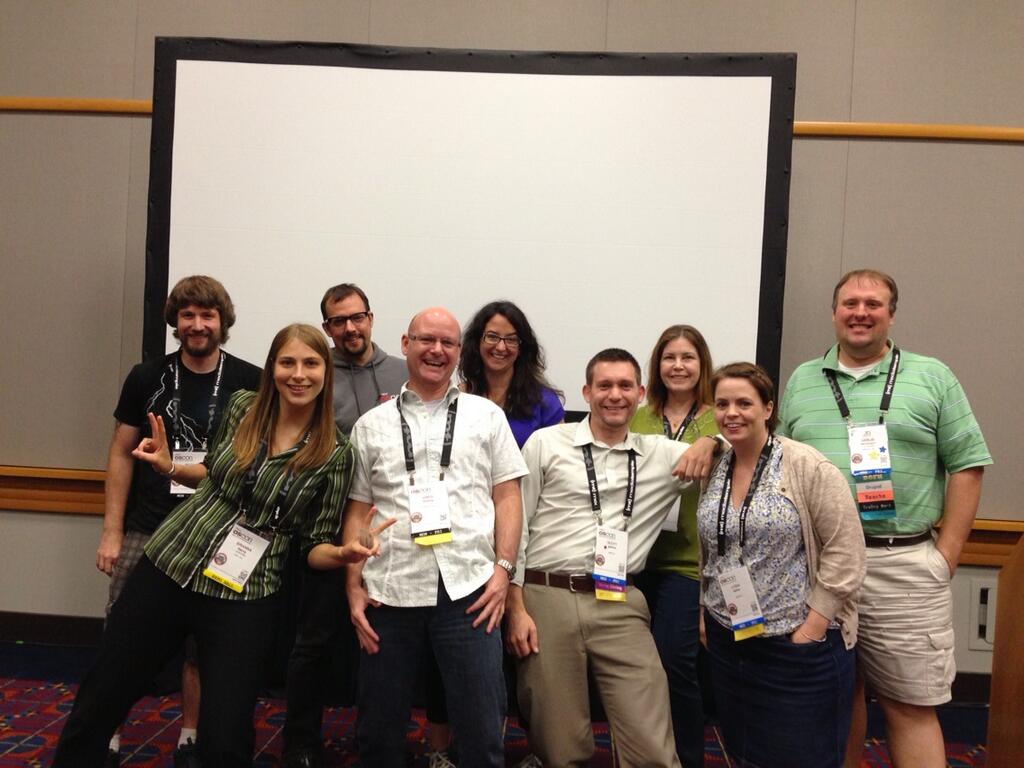Webinar Replay: Spring with Cucumber for Automation
Learn how Spring and Cucumber integrate to make test automation easier. Cucumber is a framework for Behavior-Driven-Development (BDD), a refinement of TDD (Test-Driven-Development). Its intent is to enable developers to write high-level use cases in plain text that can be verified by non-technical stakeholders, and turn them into executable tests, written in a language called Gherkin. Using Spring, Cucumber, WebDriver2, Hemant Joshi will show you how to use Spring & Cucumber to do BDD with elegance and joy.
About the speaker
Hemant Joshi
Hemant currently works at Visa Europe on automation framework technical arhcitect. Spring, Cucumber, Java for Visa worldwide.


